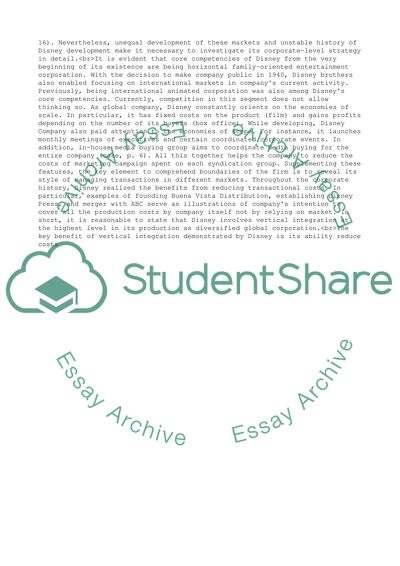Cite this document
(“Case Brief: Disney Study Example | Topics and Well Written Essays - 1000 words”, n.d.)
Case Brief: Disney Study Example | Topics and Well Written Essays - 1000 words. Retrieved from https://studentshare.org/business/1697696-case-brief-disney
Case Brief: Disney Study Example | Topics and Well Written Essays - 1000 words. Retrieved from https://studentshare.org/business/1697696-case-brief-disney
(Case Brief: Disney Study Example | Topics and Well Written Essays - 1000 Words)
Case Brief: Disney Study Example | Topics and Well Written Essays - 1000 Words. https://studentshare.org/business/1697696-case-brief-disney.
Case Brief: Disney Study Example | Topics and Well Written Essays - 1000 Words. https://studentshare.org/business/1697696-case-brief-disney.
“Case Brief: Disney Study Example | Topics and Well Written Essays - 1000 Words”, n.d. https://studentshare.org/business/1697696-case-brief-disney.


